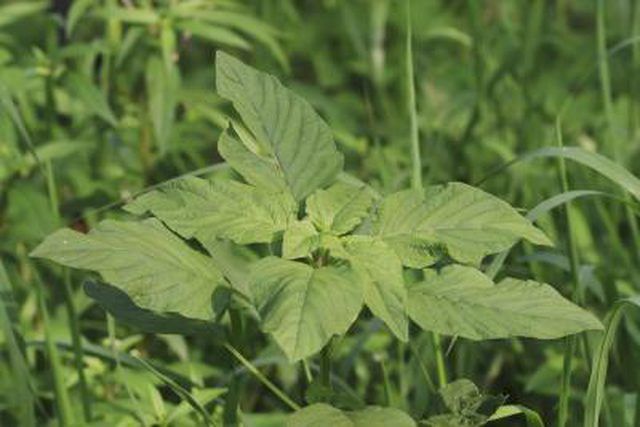Bulbs
Flower Basics
Flower Beds & Specialty Gardens
Flower Garden
Garden Furniture
Garden Gnomes
Garden Seeds
Garden Sheds
Garden Statues
Garden Tools & Supplies
Gardening Basics
Green & Organic
Groundcovers & Vines
Growing Annuals
Growing Basil
Growing Beans
Growing Berries
Growing Blueberries
Growing Cactus
Growing Corn
Growing Cotton
Growing Edibles
Growing Flowers
Growing Garlic
Growing Grapes
Growing Grass
Growing Herbs
Growing Jasmine
Growing Mint
Growing Mushrooms
Orchids
Growing Peanuts
Growing Perennials
Growing Plants
Growing Rosemary
Growing Roses
Growing Strawberries
Growing Sunflowers
Growing Thyme
Growing Tomatoes
Growing Tulips
Growing Vegetables
Herb Basics
Herb Garden
Indoor Growing
Landscaping Basics
Landscaping Patios
Landscaping Plants
Landscaping Shrubs
Landscaping Trees
Landscaping Walks & Pathways
Lawn Basics
Lawn Maintenance
Lawn Mowers
Lawn Ornaments
Lawn Planting
Lawn Tools
Outdoor Growing
Overall Landscape Planning
Pests, Weeds & Problems
Plant Basics
Rock Garden
Rose Garden
Shrubs
Soil
Specialty Gardens
Trees
Vegetable Garden
Yard Maintenance
How to Kill Pigweed
How to Kill Pigweed. Pigweeds (Amaranthus spp.) are related to culinary and ornamental amaranths, but favorable comparisons are few. These tenacious annual pests take many forms, from low-spreading species to aggressive growers that shoot up to 10 feet tall. More than 100,000 seeds produced per season are not uncommon, but some pigweeds produce...

Pigweeds (Amaranthus spp.) are related to culinary and ornamental amaranths, but favorable comparisons are few. These tenacious annual pests take many forms, from low-spreading species to aggressive growers that shoot up to 10 feet tall. More than 100,000 seeds produced per season are not uncommon, but some pigweeds produce more than 300,000 seeds. Their pink-tinged stems and reddish leaf undersides may be intriguing, but don't be fooled. You want pigweeds gone.
Breaking the Cycle
To bring a stop to pigweed's onslaught, understand how these plants grow. Pigweeds are annuals. This means the plant's entire life cycle starts and ends within 12 months. Seeds germinate, and then seedlings mature with greenish flower spikes or flower clusters nestled in nodes between leaves and stems. Tight clusters of seed-carrying capsules develop and release rivers of tiny seeds. Then -- their work complete -- pigweeds die. Some pigweeds never stop germinating throughout the growing season. Many come back yearly from seed and masquerade as perennials, but they are not. Interrupting their life cycle before they produce seeds prevents the next generation. Existing plants will not live beyond a year.
Taking Control
The single most effective treatment for garden pigweeds is taking matters into your own hands. Don a pair of gloves and manually dispatch pigweed seedling from your garden. Redroot pigweed (Amaranthus retroflexus), a common garden invader, has a long rosy taproot that pulls easily from moist soil. Don't delay hand-pulling pigweed seedlings. Handle the task when plants are less than 3 inches tall, with roots still short, to prevent accidentally uprooting neighboring garden plants. Never tarry until pigweeds start to flower and set seed. Handle the plants before seeds set, so you don't accidentally help pigweeds spread.
Cultivating Change
Regular cultivation in gardens with open soil brings pigweed seeds up out of hiding. Cultivating the top few inches of gardens also uproots tiny seedlings before they take hold. Let them wither and die in the sun, and then bag them up for disposal. Don't be concerned about leaving root pieces in the soil. Roots left behind won't survive beyond the year. Regardless of the pigweed species in your garden, eliminating dormant seeds and preventing new ones is your goal. A 3-inch layer of organic compost helps prevent seed germination, too. Be diligent, especially late in the season. Pigweed often lets loose right as your garden is winding down.
Limiting Chemicals
Herbicides treat stubborn pigweeds, but use chemicals as a last resort. Palmer pigweed (Amaranthus palmeri) has developed chemical resistance. Previously a common pigweed, it became a fast-growing threat. Pigweeds cross-pollinate readily, and Palmer passes on chemical resistance in its pollen. Herbicide use may contribute to further chemical resistance in pigweeds. Sprays will be most effective on plants less than 4 inches tall. A ready-to-use, glyphosate-based herbicide kills most pigweed plants. Spray all the plant surfaces until wet, and target pigweeds precisely. Glyphosate will kill other plants it contacts. Wear gloves, protective clothing and safety eyewear whenever you work with chemicals of any kind, and clear the area of children and pets until the spray dries.